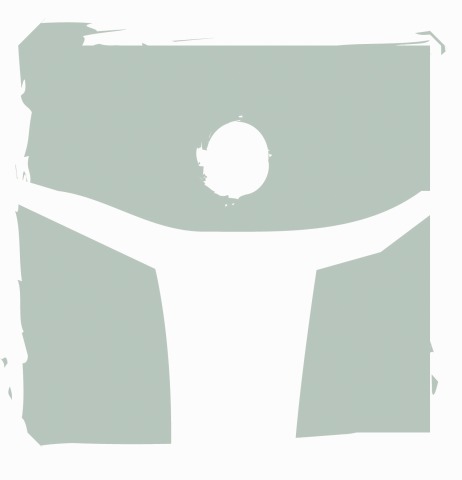The Martial Arts and the Healing Arts of China are intimately linked by history and tradition. Historically, many procedures used to help warriors to stay healthy and to recover from injuries sustained on China’s ancient battlefields gave birth to a host of modern medical procedures and herbal prescriptions. In the civilian world, these same procedures found ready application among martial arts practitioners.
 Martial Arts masters of old China were expected not only to be experts in self-defense, but to be experts in healing. If you have the ability to hurt someone, you must also be able to heal them. This was part of the moral code of the Chinese warrior. Indeed some of China’s most well-known martial arts masters exerted considerable influence on the development of Traditional Chinese Medical theory. This included the study of breathing, meditation and physical exercises to cultivate Qi or vital life energy, and the use of herbal remedies to revitalize the body.
Martial Arts masters of old China were expected not only to be experts in self-defense, but to be experts in healing. If you have the ability to hurt someone, you must also be able to heal them. This was part of the moral code of the Chinese warrior. Indeed some of China’s most well-known martial arts masters exerted considerable influence on the development of Traditional Chinese Medical theory. This included the study of breathing, meditation and physical exercises to cultivate Qi or vital life energy, and the use of herbal remedies to revitalize the body.
Famous martial arts masters who practiced Chinese medicine include Jow Ga Kung Fu founder Jow Lung, as well as 5th Generation Mizong Grandmaster Lu Zhenduo. This inspired him to learn and practice Chinese medicine.
Dr. Lee, co-founder and former Director of the Jow Ga Shaolin Institute, spent decades studying and researching Asian martial arts. Although retired from teaching regular classes at the Institute, he conducts special kung fu and taiji quan seminars and is available for private lessons.
Dr. Lee began practicing Japanese style martial arts as a teenager and eventually earned a black belt from the Shotokan Karate Headquarters in Tokyo. He studied Jow Ga Kung Fu with Master Dean Chin, who established the first kung fu school in Washington D.C. He was Master Chin’s chief of staff, and trained extensively with kung fu and taijiquan masters in Taiwan, Hong Kong and China. He’s a disciple of both Jow Ga Grandmaster Chan Man Cheung and Shaolin Mizong Grandmaster Lu Junhai.
Dr. Lee edited and co-authored “Yang Style Tai Ji Quan: A Beginner’s Guide” published by the People’s Medical Publishing House.




